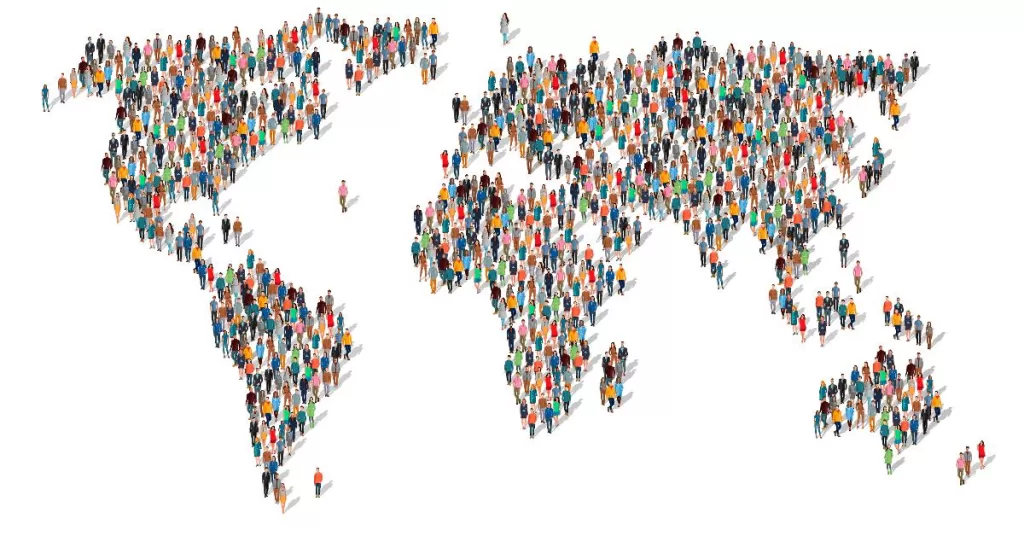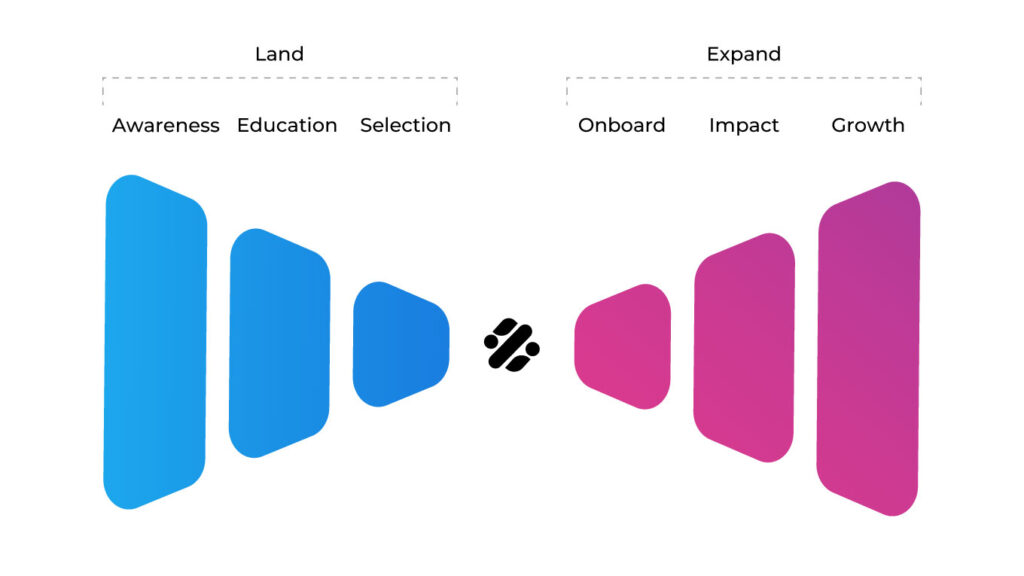As companies move into international markets, they have the chance to reach vast, diverse customer bases. Still, content marketing becomes a more complicated prospect when your addressable market speaks multiple languages. So there must be a shift towards multilingual content marketing. Besides translating the message of your existing content, you also need to reinvision it and generate new content that speaks to the culture of your new audience.
So, let’s look at how multilingual marketing works, why it is so important, and how businesses can implement it correctly to scale internationally.
What is Multilingual Content Marketing?
Multilingual content marketing is the process of creating, translating, localizing, and optimizing marketing content for audiences who speak different languages. And this is not as simple as translating the text. When done well, not only does the audience you are trying to reach understand the text, but they also grasp its intended meaning and feel a connection with your brand.
If you skip any stage of this process, your content will fall flat, and your audience will feel as if they are only getting half of what the brand means when consuming the content.
Benefits of Reaching a Global Audience
Implementing a multilingual marketing strategy comes with various benefits, including:
- Enhanced Customer Reach: engaging with your customers in their languages allows brands to access new markets and audiences, thereby increasing brand visibility and customer engagement.
- Competitive Advantage: by creating content in several languages, you show your audience your brand’s commitment to inclusivity. This, in turn, will give you a leg up on the competition in the markets where customers appreciate local language support.
- Increased Conversions and Revenue: content that is linguistically and culturally aligned is more likely to convert leads into actual sales and customers.
- Stronger Brand Reputation: with multilingual content marketing you will be able to address the cultural nuances of local markets. And this is a crucial step in establishing credibility and trust.
Key Components of Multilingual Content Marketing
In creating a successful strategy, you will need to keep in mind four key elements: translation, localization, international SEO, and content creation.
Translation
It is the translation of content that can be consumed in multiple languages that allows for multilingual marketing. For international brands, this can span dozens of languages.
However, this means much more than a word-for-word translation. If you want to do this right, you will need to invest in professional translations that can capture the subtle meanings, idioms, and tones for each language. And because even small errors can negatively affect the brand’s image, you will need to:
- Work with native speakers
- Make sure that the translations capture the correct tone of voice and intent of the original content
- Use industry-specific terminology to maintain clarity
Localization
The next layer is to adapt your content to align with the cultural context, values, and preferences of each market. This may entail modifying the images, changing symbols, date formats, currencies, or maybe even color schemes. The main goal is to make content that feels like it was designed specifically for that audience. The key things to watch out for are:
- Cultural Adaptation: be knowledgeable and respectful of local customs, ethics, and cultural practices to ensure that don’t offend your audience.
- Visual Elements: change the images, symbols, and design features to match local culture and what the local people like.
- Local Regulations: make sure that every piece of content is aligned with the advertising local laws and regulations.
International SEO
International SEO is essential to have your content discovered on search engines. For example, you can’t simply take your English marketing strategy and apply it to your Spanish audience. This won’t work as this market will have its specific search behaviors and keywords.
Effective international SEO consists of a set of steps to achieving global visibility and local relevance. Here are some of those steps:
- Keyword Research in Multiple Languages: identify the keywords used by the local audience on search engines. Consider the variations and the translated versions of your target English keywords.
- Hreflang Tags: something that is quite often overlooked is signaling to search engines the language and the region the page is targeting.
- Localized Metadata: Don’t forget to customize the titles, meta descriptions, and alt text to cover the local language-specific keywords.
Content Creation
Original content in multiple languages can significantly enhance engagement. You should try to go beyond adapting the same content across languages. If possible, try to create original content tailored to a specific local audience that may or may not be relevant for other markets. This way, you can cover local trends, news, or pain points. To create impactful content you can:
- Use local insights to find the perfect angles and topics for specific markets.
- Maintain brand consistency while changing the tone of voice and the style to match local preferences.
- Update the content constantly to keep it relevant.
Challenges and Best Practices
There are a number of challenges associated with implementing a multilingual content marketing strategy. These include the usual suspects of language and culture barriers, but also a number of pretty standard marketing difficulties, such as budgeting and resource allocation, and, of course, quality control.
Language Barriers
Even when working with professional translators, you might have issues with translating subtle differences in meaning. So you shouldn’t just implement the translation as is without checking it first.
You can create a feedback loop where a native speaker in your company can double-check the translation. Having someone who knows the Ideal Customer Profile and knows what makes your audience tick check the content adds another layer of certainty. Also, you get all the benefits of outsourcing and the accuracy and peace of mind that comes with internal checks.
Cultural Nuances
Multilingual content marketing is built on cultural sensitivity. What might be effective content in one culture might fall flat in another. To avoid such missteps, do the following:
- Investigate local values and customs through deep market research.
- Exercise care with potentially sensitive subjects and phrases that might not have the same resonance across cultures.
- Ensure your global teams are well-versed in cultural differences to make for safer and more effective content decisions.
Budget Constraints
Content marketing in multiple languages can eat up a lot of resources. So it is always wise to start with only one or two markets if you are on a tight budget. But if you want to develop the content for multiple markets at the same time, try to be wise with the resource allocation.
Target your languages and regions based on the kind of potential markets you’re working with and the kinds of demographics that your content resonates with.
For content where the stakes aren’t so high, use AI translation tools to get the job done. When you’re doing the kinds of translating that really need to be done right, use professional, human translators.
Quality Control
Brand integrity depends on consistent quality. Different translators or localization teams can interpret the same content in different ways. This will distort your message and you might not get the results you want. To avoid this kind of situation you can:
- Implement style guides and glossaries for each language to make sure the brand voice is preserved.
- Use review and approval workflows involving internal stakeholders who know the intricacies of your customers
- Regularly audit multilingual content to make sure it meets your brand standards.
Conclusion
For companies eager to expand their global reach, multilingual content marketing has become a necessity – not a detail. To engage with diverse world audiences, it’s simply not enough to translate English materials into other languages.
An increased international presence demands a more sophisticated approach to content marketing that factors in the very different context of each audience, no matter where they are on the planet. With tech tools as well as ingenuity, brands can overcome the budget and quality control challenges of crafting “content in context” for use around the world.
FAQs on Multilingual Content Marketing
What is the difference between translation and localization in content marketing?
Translation converts text from one language to another, while localization adapts content. This makes the content align with your target audience’s cultural context and preferences.
How can small businesses afford multilingual content marketing?
The best way for small businesses is to start with priority markets and use AI translation for certain content to manage costs effectively.
Is international SEO necessary for multilingual content marketing?
Yes, international SEO makes sure that content is discoverable by local search engines. This helps with targeting specific keywords and phrases used by regional audiences.
How often should multilingual content be updated?
To keep your content fresh and relevant, you should review it at least once a year. Also, you should also keep an eye on the market changes that could render your content obsolete.



